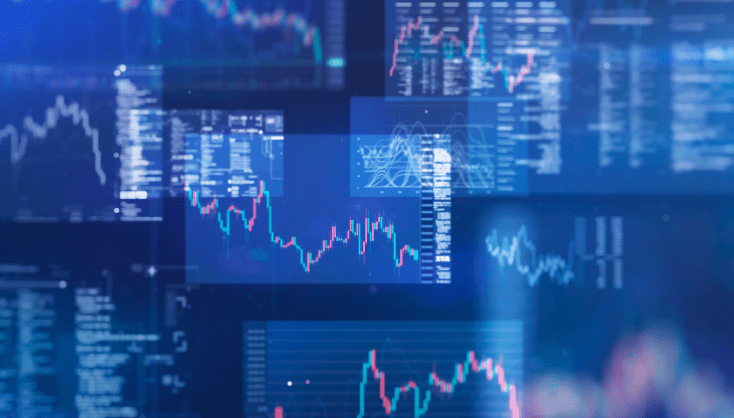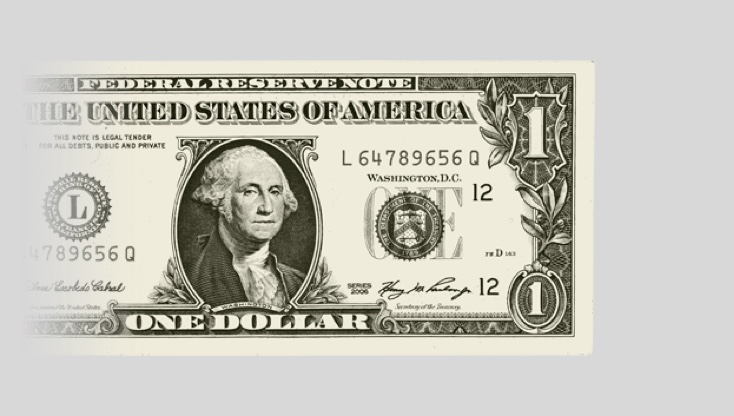Traders from all over the world come to a futures exchange for a stable, regulated, transparent and liquid venue on which to buy and sell futures contracts. These exchanges were born on the streets of Chicago, eventually moving indoors to the bustling open-outcry pits we’ve come to associate with the concept of trading. But today’s exchanges are almost entirely electronic, executing millions of trades per second and offering market participants around-the-clock access to the global markets.
The ingredients of a futures exchange
In the broadest sense, there are four key components that make a futures exchange tick.
1. Futures traders: hedgers and speculators
These two types of traders go hand in hand, ensuring the flow of trades back and forth and bringing balance to the market.
2. Trading technology: the nerve center
Electronic trading platforms enable exchanges to operate on a global scale, providing a steady level of speed, access and transparency for everyone.
3. Clearing: the integrity behind every trade
Clearing houses stand at the center of every trade, acting as the buyer for every seller and the seller for every buyer, ensuring that each side can make good on the terms of the trade and protecting the integrity of the market.
4. Liquidity: the more, the better
Liquidity is the ability for every buyer to find a seller, and every seller to find a buyer, so that trading activity can remain consistent and reliable.




